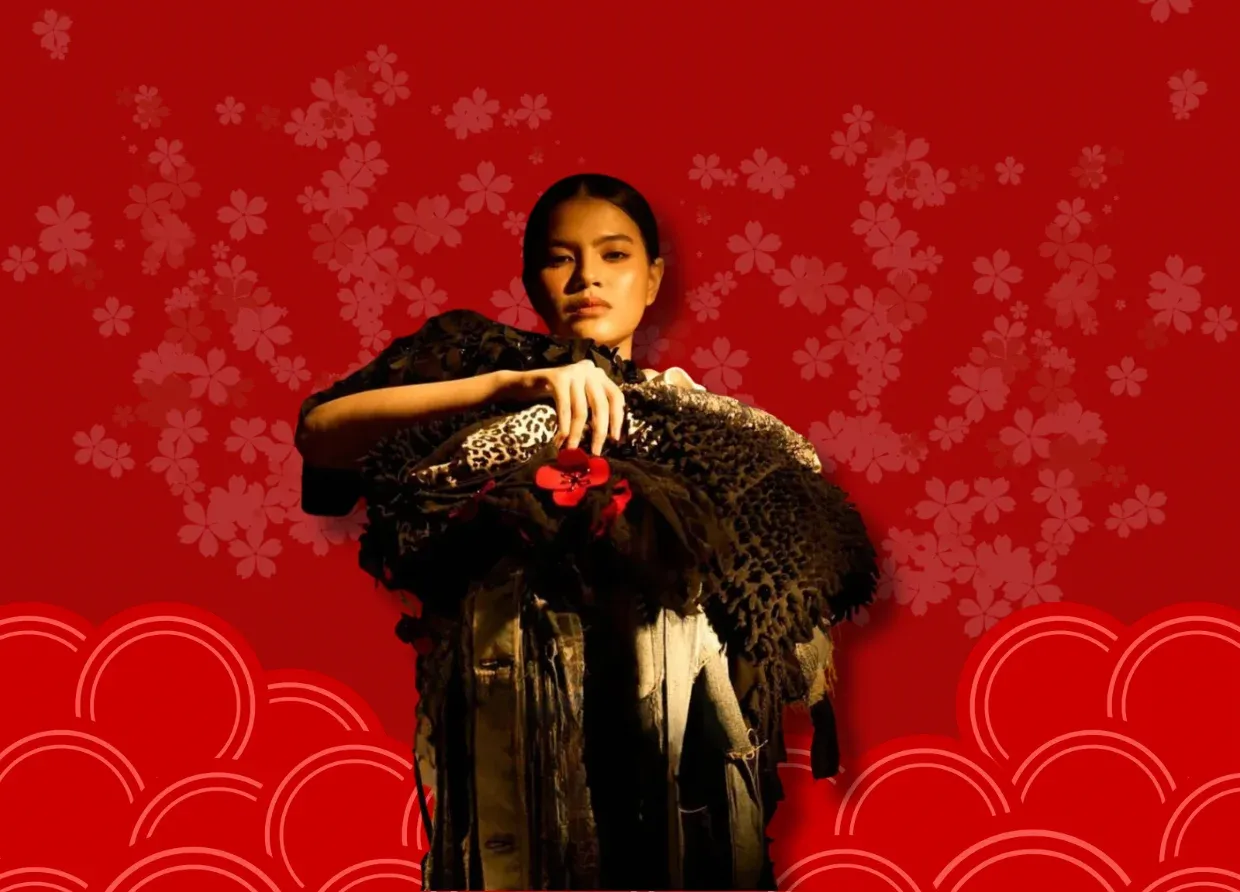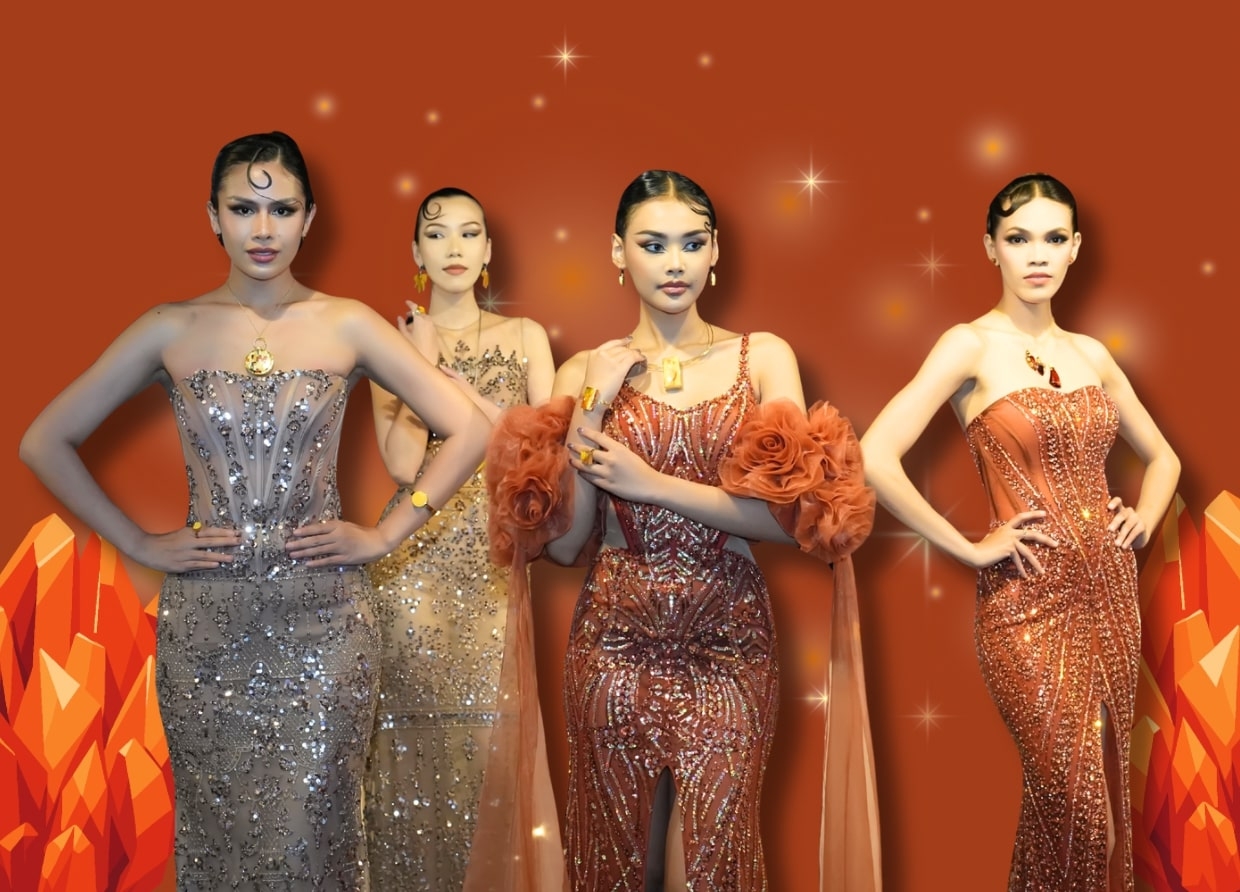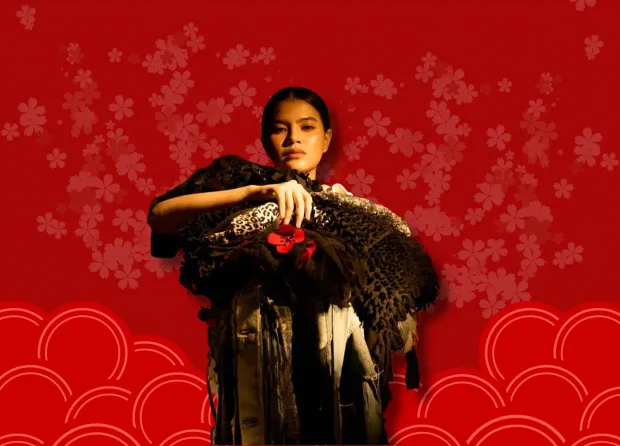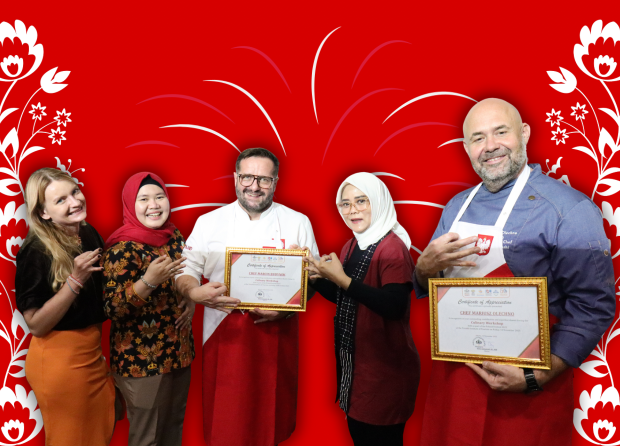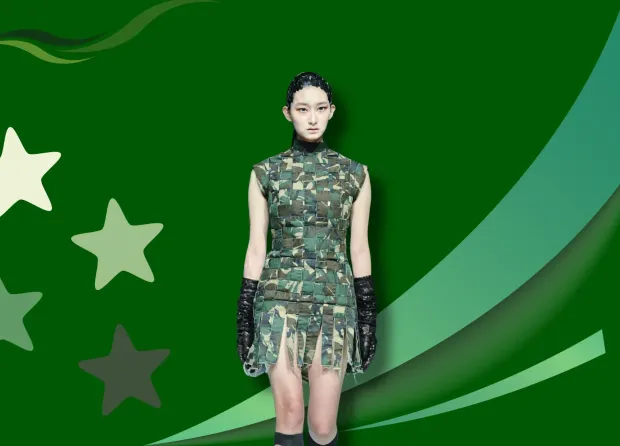INDONESIA, 800 YEARS AGO
A glimpse at 13th century Indonesia through the chronicles of a Song dynasty historian.

Almost 800 years ago, in 1224, Song dynasty historian and politician Zhao Rukuo was appointed as the Maritime Trade Supervisor in Quanzhou by the emperor. Quanzhou was one of the two cities that hosted a marine trade office established by the dynasty, the other one being in Guangzhou. The offices were established to facilitate envoys whose languages were "so unintelligible to us that they must go through multiple stages of indirect translation".
Intrigued by the countries of the envoys, Zhao asked the merchants that came to Quanzhou about their countries. Thus, starting in 1224, he began writing a gazetteer of countries beyond the borders of the empire, primarily in the south, including "their customs and geographical features, as well as the length of the routes between them, the connections between those routes, and the livestock and produce of their mountains and marshes". He translated the stories into Chinese and titled the work "Gazetteer of Foreign Lands" (Zhufan Zhi ???). The Zhufan Zhi comprises two volumes, and the first volume was made available in English in 2021 by Shao-yun Yang from Denison University.
Most importantly, the first part of the gazetteer contains accounts of some historical kingdoms of Indonesia when they were contemporaries of the Song dynasty. These include Sanfoqi (Srivijaya), Xintuo (Sunda), and Shepo (Java). The accounts are as follows:
1. Sanfoqi (Srivijaya)
Zhao's gazetteer identifies Srivijaya as located in between Zhenla (Cambodia) and Shepo (Java), ruling over fifteen prefectures. Despite being a Buddhist kingdom in origin, the account hinted a significant presence of Islam as it says "many of the people in this country have the surname Pu" with Pu likely to be a short form of Abu as Many Arab and Iranian Muslim merchants in Song China were recorded to bear the name.

The account mentions that Srivijaya produced tortoiseshell, camphor, chen, su, and zhan agarwood, coarse shu agarwood, lakawood, cloves, sandalwood, and cardamom. The people were recorded to use cuts of silver to pay for goods. Srivijaya imported "pearls, frankincense, rosewater, champak flowers, civet oil, myrrh, aloe, asafoetida, costus, storax oil, ivory, coral trees, cat's eye gems, amber, foreign textiles, and foreign swords" from "Dashi (the Arab world)" as well as other foreign countries.
"The vassal states of this country include Pengfeng (Pahang), Dengyanong (Terengganu), Lingyasijia (Langkasuka = Pattani), Jilandan (Kelantan), Foluoan (possibly Phatthalung), Riluoting (possibly Cherating), Qianmai (possibly Lhokseumawe, Aceh), Bata (possibly the Batak people), Danmaling (Tambralinga = Nakhon Si Thammarat), Jialuoxi (Grahi = Chaiya), Balinpeng (Palembang), Xintuo (Sunda), Jianbi (possibly Kampar), Lanwuli (Lamuri), and Xilan (Sri Lanka)," the translation reads.
2. Xintuo (Sunda)
The account describes the Sunda Kingdom as having a harbor with a depth of sixty feet. Researchers differ in their interpretations of the harbor's whereabouts, with some saying it was the port of Sunda Kelapa while others are rooting for Banten.

Zhao's account recorded the Sundanese at that time to produce black pepper that was "superior to those in Daban (Tuban)". The kingdom also produced wax gourds, sugar cane, calabash, and eggplants. It is said that the country did little to no trade with foreign merchants as it was ravaged by pillage and robbery. Yang argued this was caused by the fact that Sunda's political center at that time was far too deep inland, resulting in weak governance over the coastal areas under its territory, such as Banten and Sunda Kelapa. According to Yang, Sunda relied on agriculture instead of trades when the gazetteer was being compiled.
Sundanese houses on the coast near the harbor are depicted in the book as being built "using wooden piles and make the roofs with palm tree bark. The flooring is made with wooden boards, and the partitions are made of woven rattan" and for the fashion of the coastal people at that time, they "go naked except for a cotton garment wrapped around the waist, and cut their hair short to a length of half an inch". The book does not mention anything inland near the capital.
3. Shepo (Java)
Zhao noted that Java was also referred to as Pujialong (Pekalongan). It also reports that Java was near the edge of the world, saying: "Heading east by land from this country, one gets to a sea where the water surface gradually inclines downward. The Country of Women is there. Heading further east, one gets to the weilü (tail door), where the water in the ocean drains out. One is then no longer in the realm of human beings".

The gazetteer claims that most criminals in Java at that time were not given penalties. Instead, they let criminals "redeems himself by paying a fine in gold", with robbery being the only crime punishable by death.
"The king of this country ties his hair in a mallet-shaped topknot and wears golden bells on his head," Zhao wrote, per Yang's translation. "He wears a brocade robe and leather shoes and sits on a square-shaped throne. His officials report to him daily and prostrate three times before leaving. When he leaves his palace, he rides an elephant or a litter, attended by five to seven hundred armed warriors. The people of this country sit down when they see the king and stand up only after he has passed."
There are many other countries and cities described by Zhao in the book. The rest of the Indonesian locations are Lanwuli (Lamuri), Sujitan (Sukadana), and Daban (Tuban). To read more about them, click here.
#THE S MEDIA #Media Milenial #Indonesia #Java #Sunda #Pekalongan #Srivijaya #History #Song Dynasty

